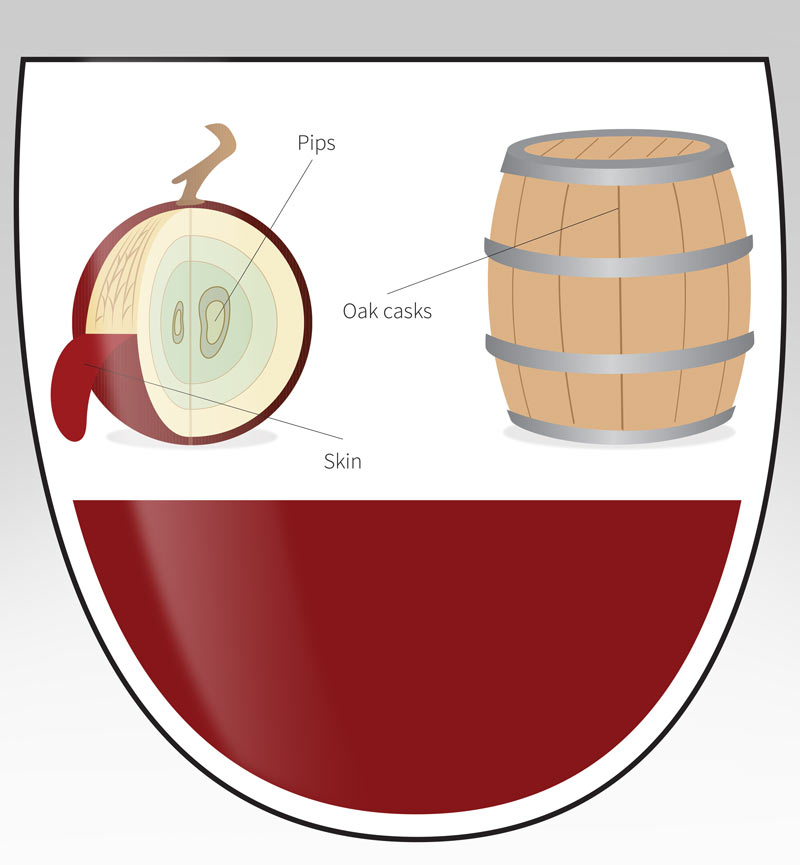
We have already talked about tannins here. We have explained that tannins come from the grape’s skin or from contact with oak, for example, and that it is really important for a wine’s aging.
Today I am going to talk about how to identify them, when present in a wine.
It is actually quite simple to identify them in a wine. We just need to have some attention to our tongue when tasting it.
What do we have to do?
After having wine in the mouth, we should try to keep it nicely distributed through the tongue. A good way of doing it is to push your tongue to the palate.
If you have a sensation of dryness in the mouth and a smooth texture on your tongue, it is provoked by tannins. The more dry your mouth stays the more expressive are the tannins.
Note: You should not confuse tannins with acidity. Acidity “leaves water in your mouth”, literally. I mean, we have a sensation of intense salivation in the lateral zone of your tongue.
Cheers!


